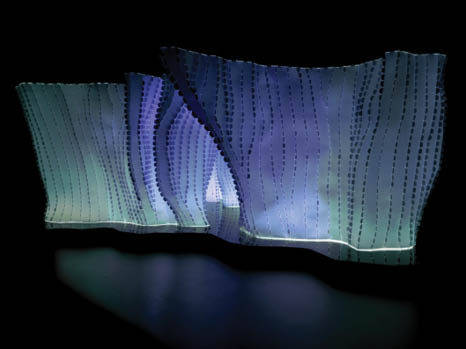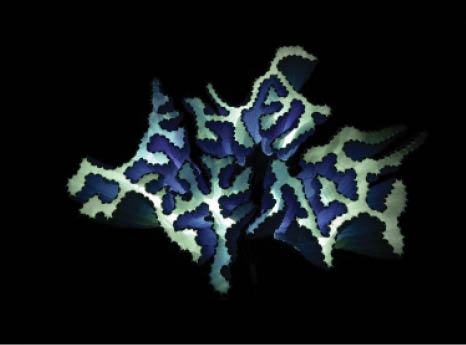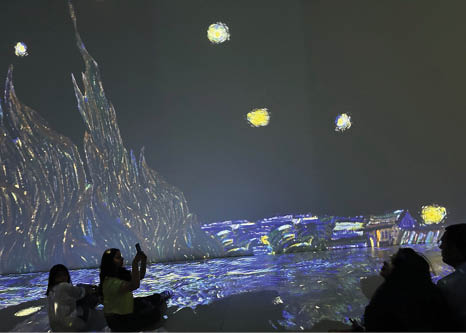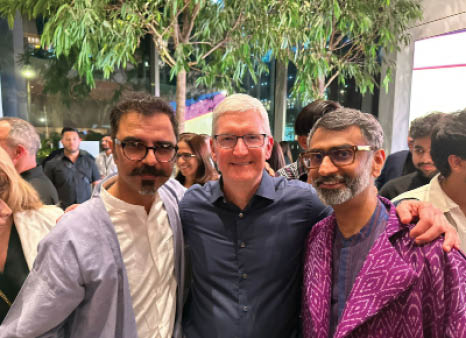Though Van Gogh 360° belongs to the category of ‘old-meets-new’, a contemporary example of the intersection of technology with art can be seen in the ongoing exhibition.
The cryptic nature of NFTs has given birth to the unfounded idea that technology-based art is daunting and out of reach. Yet, the very concept of infusing technology into art is to simplify it and make it accessible for everyone to understand and appreciate. A number of ongoing digital art exhibitions around the country prove this, with a pertinent example being the Van Gogh 360° immersive art experience. After a successful stint in Mumbai, this exhibit is currently on display in Delhi-NCR before moving to Pune, Bengaluru, Hyderabad, and other cities.
Dutch post-impressionist painter Vincent van Gogh is considered one of the greatest artists of his time, whose work contributed immensely to the foundation of modern art. He was known for his vivid use of colour and bold brush strokes that recreated scenes of Parisian life, French landscapes, still lifes of flowers and objects, and numerous portraits and self-portraits. While he was alive, he struggled with depression and poverty, which led to his untimely death by suicide at age thirty-seven. Yet, his work continues to appeal to people across the board.



His colours and forms particularly lend themselves well to digitization. And so, in 2017, the Van Gogh 360° immersive art experience was born, allowing the viewer to actually step into his paintings. As his work is spread across galleries and collections around the globe, this is a great way to view over 300 of his most popular paintings under one roof. Children and grown-ups alike enjoy engaging with the wonder of this moving art.
Currently on in Gurugram, in the parking lot at DLF Surface (which is opposite Cyber Hub), the exhibit is divided into three sections. The first is a bar, the second is a viewing room with information on the artist’s brief but eventful life, and the third is the actual exhibition, where one can view all of his iconic works including Starry Night, Almond Blossom, Sunflowers, and his many self-portraits. Merchandise such as t-shirts, mugs, postcards, and other sundry items are also available for purchase.
Though Van Gogh 360° belongs to the category of ‘old-meets-new’, a contemporary example of the intersection of technology with art can be seen in the ongoing exhibition titled Khôral by Rajat Sodhi and Christoph Klemmt of Orproject. “Khôral: Khôra (Khora or Chora; ancient Greek) is a philosophical term described by Plato in Timaeus as a receptacle, a space, or an interval. It is neither a being, nor a non-being, but an interval in which the forms were originally held,” explains the exhibition note.
The design of this unique set of sculptures made with paper is based on computational algorithms that mimic the many forms and habitats of nature. During the lockdown, architects Sodhi and Klemmt began thinking about nature, ecology, and how it would fare in an uncertain future. From this thought process emerged Khôral, which was meant to be an algorithmic simulation of coral growth under the sea.
The three life-sized and lifelike sculptures seem to breathe as LED lights placed within the works change colours within a spectrum of white, blue, and purple. This undulating movement calls to mind the bleaching of our natural corals and the catastrophe it entails for ecological balance. The sculptures are assembled from flat laser-cut strips of paper which are connected to each other through joints in a sinuous wave-like formation. Currently, it is on display at Delhi’s Pulp Society, a gallery that explores paper-based practices, as well as works that explore a deeper conceptual relationship between ecology and humans.
Sodhi explains the appeal of the medium, “Paper is a reusable, biodegradable, and renewable resource. By precision cutting and bending it, we can create beautiful forms that are both delicate and structurally strong at the same time. We also extend our learning from the paper installation to recycle aluminium to see how we can build with aluminium parts, bend them, and connect them without using any screws or adding extra materials. For our next installation, we hope to take our ideas further.”
Another recent noteworthy exhibit in India was unveiled at the opening of the country’s flagship Apple store in Mumbai. The artist duo Thukral and Tagra, known for their multidisciplinary practice that spans painting, archiving, gaming, and publishing, designed an exclusive digital installation, ‘Mumbai Rising’ for the launch of the BKC store, with the idea that visitors could participate and create their own works by using licensed images of Thukral and Tagra’s art.
The artists worked off the brief that visitors should be able to envision and share their ideas about this metropolitan city through an interactive and engaging experience. “The focus had to be on showcasing the city’s energy, momentum, community, and connection. The final design incorporates innovation and a user-friendly interface to ensure a seamless and enjoyable experience for all participants,” they say in an interview given to IANS.
Tagra highlights, “We envision an installation that encourages exploration and allows thousands of people to contribute their own unique expressions. The installation has been built around eight prompts that are centred around emotions, paradise, dreams, song, rain, speed, kaali peeli, and Bombay. These prompts will serve as a poetic narrative that invites visitors to collectively explore and define the city they call home.” To which Thukral adds, “To achieve this, we used innovative technology and designed an intuitive user interface to ensure that visitors can easily engage with the installation and share their ideas in a meaningful way.” For this work, they partnered with creative coder Kiel M, to develop an engine that would tick the boxes of aesthetics and functionality, while delivering a memorable and engaging experience.
It is clear from these innovative exhibitions that technology’s interaction with art is only going to get richer from hereon.
Noor Anand Chawla pens lifestyle articles for various publications and her blog www.nooranandchawla.com.”

